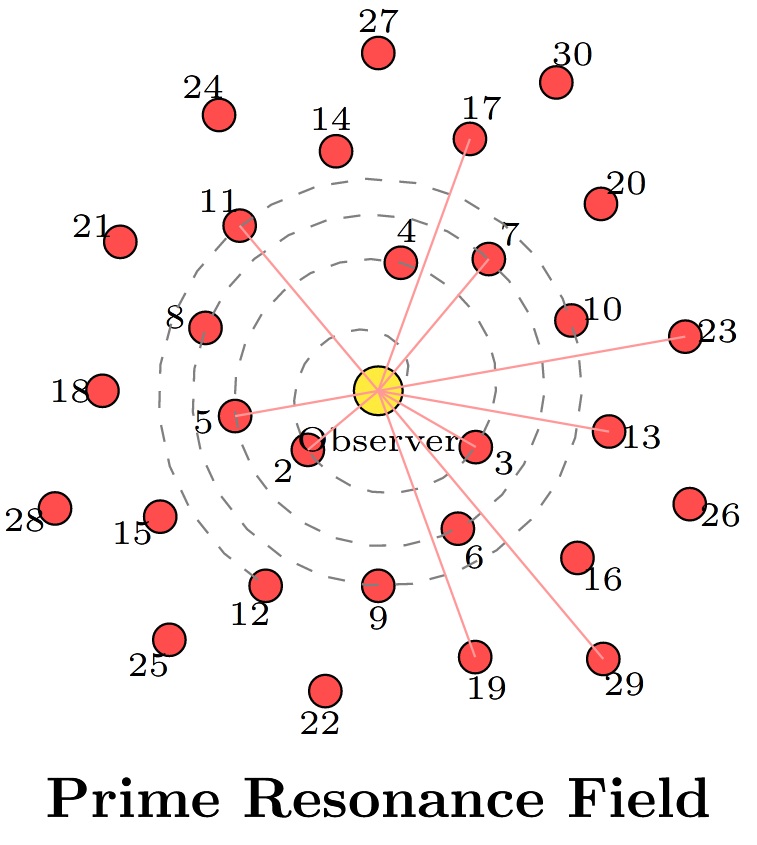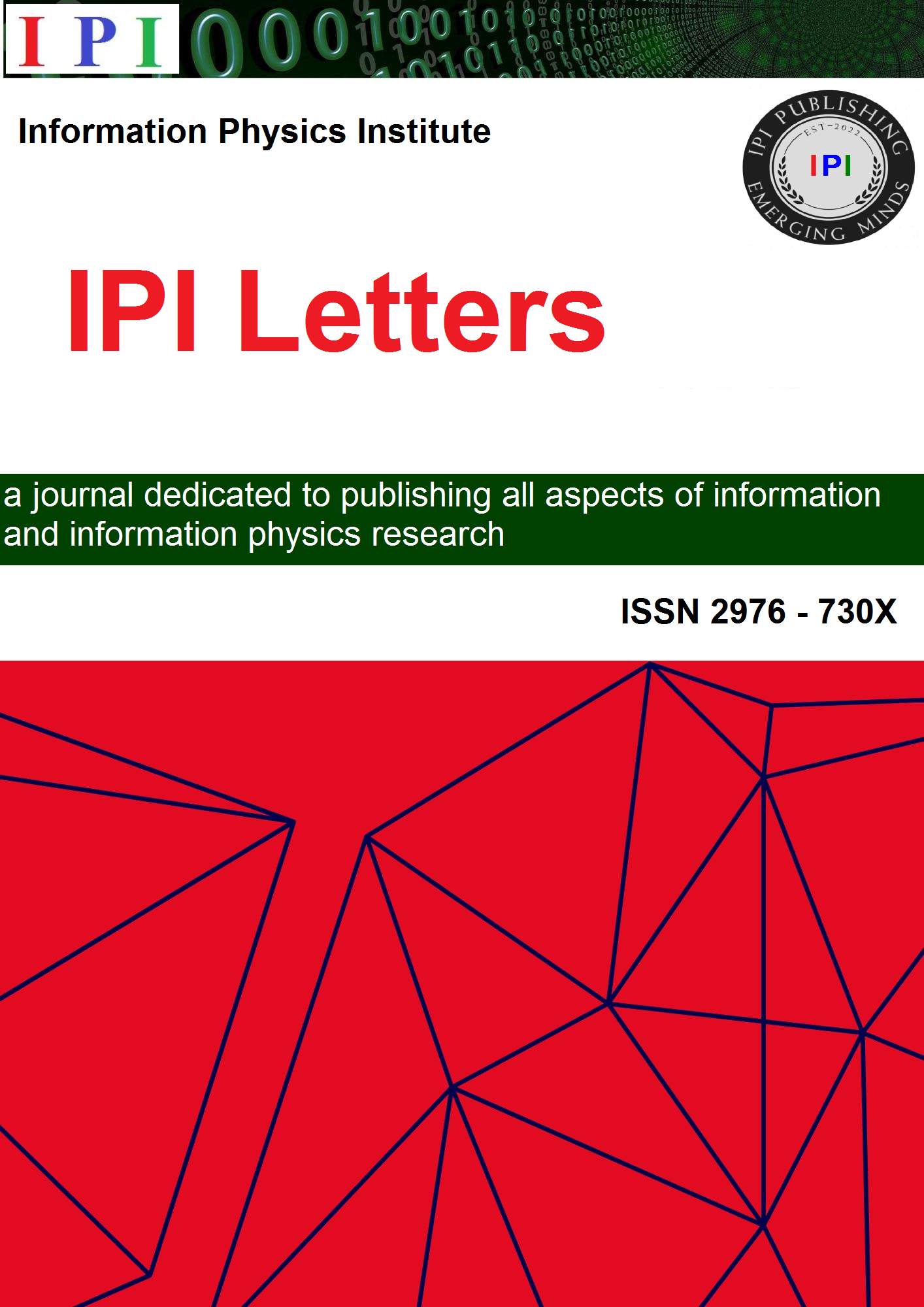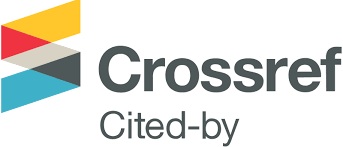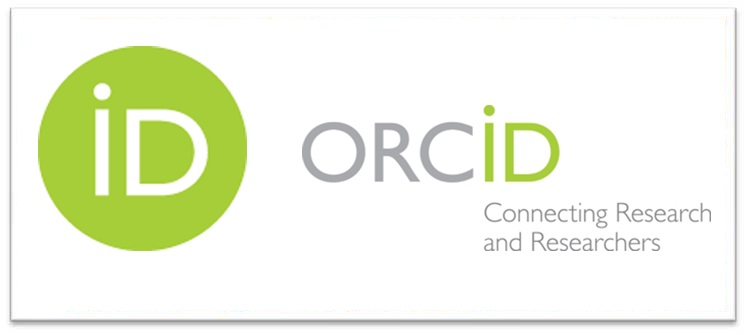The Prime Resonance Hypothesis
DOI:
https://doi.org/10.59973/ipil.198Keywords:
Prime Eigenstates, Symbolic Hilbert Space, Entropy Collapse, Observer Physics, Zeta Resonance, Consciousness Formalism, Information Geometry, Quantum CognitionAbstract
Prime numbers, traditionally seen as indivisible arithmetic elements, are reinterpreted here as the symbolic eigenstates from which spacetime and consciousness emerge. In this perspective, observation is a collapse of entropy in a prime-based Hilbert space, generating time, curvature, and coherent perception. The hypothesis proposes that Riemann zeta zeros define attractor geometries, that gravity is an entropy gradient, and that consciousness is measurable as symbolic entropy minimization. This Communication invites the IPI community to examine the informational infrastructure of reality itself.References
Mussardo, G., Giudici, G., and Viti, J. (2017). The coprime quantum chain. Journal of Statistical Mechanics: Theory and Experiment, 2017(3):033104.
Carhart-Harris, R. L., Leech, R., Hellyer, P. J., Shanahan, M., Feilding, A., Tagliazucchi, E., Chialvo, D. R., and Nutt, D. (2014).
The entropic brain: a theory of conscious states informed by neuroimaging research with psychedelic drugs. Frontiers in Human Neuroscience, 8:20.
Berry, M. (1999). Riemann’s Zeta function: A model for quantum chaos? Journal of Physics A:Mathematical and General, 32(38):L385.
Remmen, G. N. (2021). Amplitudes and the Riemann zeta function. Physical Review Letters, 127(24):241602. DOI: https://doi.org/10.1103/PhysRevLett.127.241602
Montanaro, A. (2016). Quantum algorithms: an overview. npj Quantum Information, 2:15023. DOI: https://doi.org/10.1038/npjqi.2015.23
Allen Institute (2024). Quantum mechanics and the puzzle of human consciousness. https://alleninstitute.org/news/
quantum-mechanics-and-the-puzzle-of-human-consciousness/.AccessedMay2025.
Penrose, R. (2014). On the gravitization of quantum mechanics 1: Quantum state reduction.Foundations of Physics, 44(5):557–575. DOI: https://doi.org/10.1007/s10701-013-9770-0
Rovelli, C. (2019). Quantum gravity and the entropy of spacetime. International Journal of Modern Physics D, 28(14):1944001.
Chalmers, D. J. and McQueen, K. J. (2022). Consciousness and the collapse of the wave function. PNAS Nexus, 1(1):pgac235.
Connes, A. (2016). An essay on the Riemann hypothesis. Open Problems in Mathematics, Springer, 225–257. DOI: https://doi.org/10.1007/978-3-319-32162-2_5
Mussardo, G. (2017). Quantum mechanics and number theory. SISSA Preprint, https://people.sissa.it/˜mussardo/ DOI: https://doi.org/10.1088/1742-5468/aa5bb4
quantum-mechanics-and-number-theory.html
Koch, C., McFadden, J., and Tegmark, M. (2024). Quantum models of consciousness from a quantum information science perspective. Entropy, 27(3):243. DOI: https://doi.org/10.3390/e27030243
Brenner, J. E. and Igamberdiev, A. U. (2019). The entropic and symbolic components of information. BioSystems, 181:11–19.
Velazquez, J. L. P., Erra, R. G., and Rosenblum, M. (2020). Consciousness is tied to entropy. Physics World, 33(2):15–17.
Carhart-Harris, R. L., Leech, R., Hellyer, P. J., Shanahan, M., Feilding, A., Tagliazucchi, E.,Chialvo, D. R., and Nutt, D. (2014).
The entropic brain: a theory of conscious states informed by neuroimaging research with psychedelic drugs. Frontiers in Human Neuroscience, 8:20.
Tegmark, M. (2015). Consciousness as a state of matter. Chaos, Solitons & Fractals, 76:238–270. DOI: https://doi.org/10.1016/j.chaos.2015.03.014

Downloads
Published
How to Cite
Issue
Section
License
Copyright (c) 2025 Sebastian Schepis

This work is licensed under a Creative Commons Attribution 4.0 International License.














